Psychological safety in group settings, whether it’s a workplace, family, or friend group, is crucial for fostering an environment where individuals feel comfortable expressing ideas, asking questions, and admitting mistakes without fear of negative consequences. This concept, coined by Amy Edmondson, has garnered significant attention for its impact on engagement, decision-making, and overall group dynamics. In today’s fast-paced and competitive world, improving psychological safety isn’t just essential for workplace performance but also for personal well-being.

Exploring Essential Psychological Safety Books
If you’re interested in delving deeper into the concept of psychological safety or aiming to enhance it within your workplace or personal life, consider reading these eight influential books:
The Fearless Organization by Amy C. Edmondson: With insightful examples and practical advice, Edmondson offers a comprehensive toolkit for building psychological safety in workplaces, catering to both leaders and team members.
Blameless Continuous Integration by Vivek Ganesan: This book explores the detrimental effects of blame culture in workplaces and provides strategies for fostering a blameless environment conducive to continuous improvement.
Leading Below the Surface by LaTonya Wilkins: Wilkins challenges traditional leadership paradigms, emphasizing the importance of fostering meaningful relationships and inclusivity to promote psychological safety and employee well-being.
Inclusion on Purpose by Ruchika Tulshyan: Tulshyan highlights the significance of having an inclusive mindset in improving psychological safety, offering insights into inclusive hiring practices and effective feedback delivery.
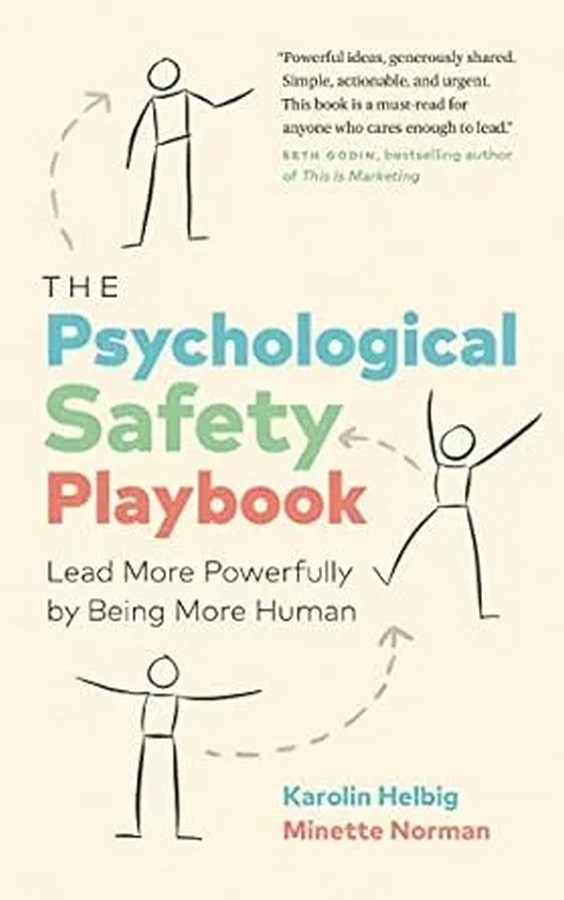
The Psychological Safety Playbook by Karolin Helbig and Minette Norman: Featuring practical tools and techniques, this playbook offers valuable resources for individuals at all professional levels to enhance psychological safety in various settings.
Radical Candor by Kim Scott: Scott advocates for compassionate leadership, stressing the importance of kindness and open communication in creating a psychologically safe work environment conducive to employee success.
The 4 Stages of Psychological Safety by Timothy R. Clark: Clark outlines four critical stages of psychological safety—inclusion safety, learning safety, contribution safety, and challenging safety—and their relevance in fostering healthy group dynamics.
Sooner Safer Happier by Jonathan Smart: Smart examines the factors contributing to organizational success, emphasizing the role of psychological safety, servant leadership, and effective decision-making in navigating crises and driving positive outcomes.
Conclusion: Embracing Psychological Safety
As organizations and individuals strive for success in today’s dynamic world, prioritizing psychological safety is paramount. By investing in resources like these books and implementing strategies to cultivate psychological safety, we can create environments where individuals feel valued, empowered, and motivated to thrive. Whether you’re a leader, team member, or individual seeking personal growth, these books offer invaluable insights and guidance for fostering psychological safety and promoting overall well-being.

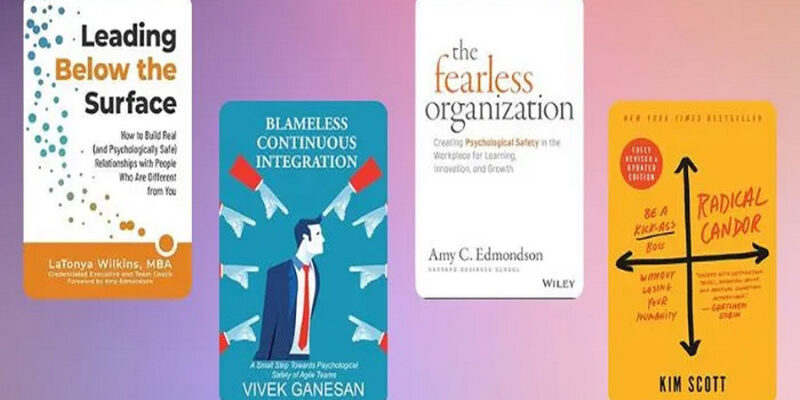



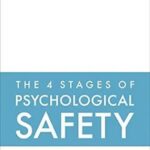
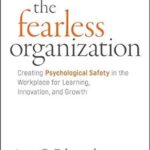
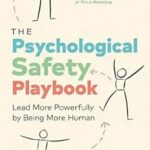


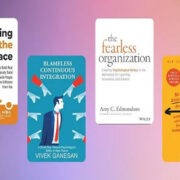






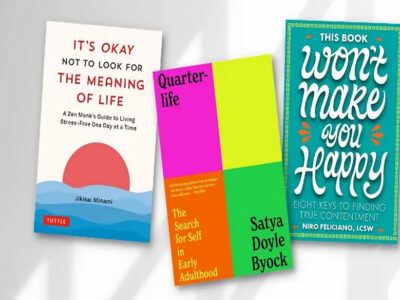
Comments